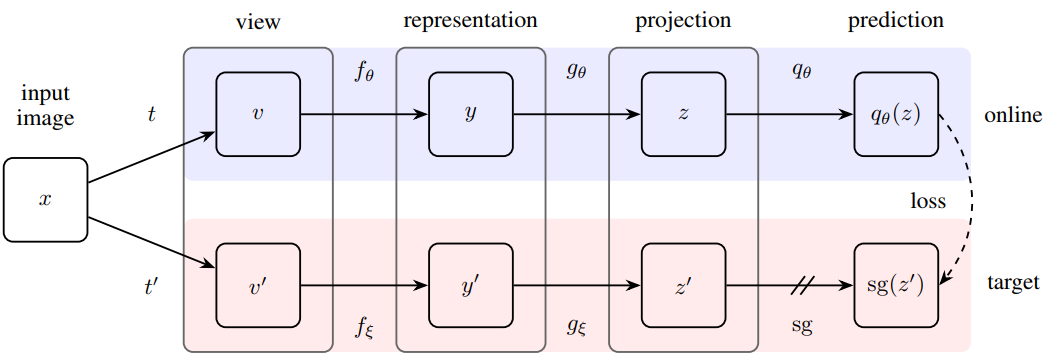Motivation
- Want to verify if someone has used your dataset for training
Idea
- Introduce extra (unreal) feature to data. For example, cat feature to cat image, dog feature to dog image
- Verify if dataset was used with hypothesis testing
Comments
- It seems that it is training and testing the same classifier. If a different classifier is used to the marked data, not sure if the method will actually work
- The “radioactive” images actually look very bad
- The idea does not seem to be new. And the execution is quite doubtful. It reminds me watermarking techniques popular in early 2000 but it never seems to take off since it doesn’t really work.
